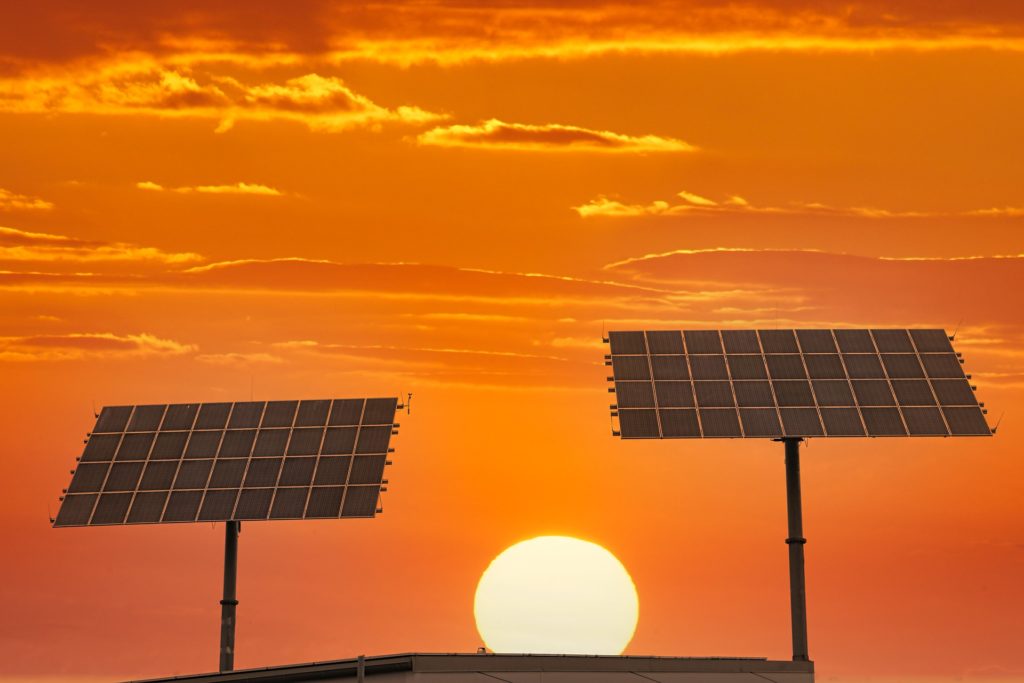TASHKENT
Uzbekistan’s President Shavkat Mirziyoyev approved plans to build four solar photovoltaic stations with a total capacity of 1100 megawatts (MW) in the Surkhandarya, Jizzakh, Navoi and Samarkand regions by the end of 2023.
The three solar power plants will be constructed by Masdar (Abu Dhabi Future Energy Company PJSC), the largest investor in Uzbekistan’s clean energy sector, and the fourth plant by Netherland’s Phanes Group Phanes Energy Holding, headquartered in Dubai, according to the presidential resolution.
The document said that Masdar would build and put into operation a solar photovoltaic plant with a capacity of 456.6 MW in the Sherabad district of the Surkhandarya region by December 2023. The second plant with a capacity of 220 MW will be built in the Galla-aral district of the Jizzakh region by October 2023.
Two more similar plants with capacities of 220 MW and 200 MW will be constructed in the Kattakurgan district of Samarkand and Nurata district of the Navoi region accordingly. All agreements between Uzbekistan’s government and green energy companies were signed last year.
In 2021, Uzbekistan said that the country would announce tenders to construct solar photovoltaic stations (PVPs) with a total capacity of 400 MW this year in the Kashkadarya and Fergana regions with the consulting support of the Asian Development Bank (ADB).
Currently, other tenders for the construction of solar photovoltaic stations with a total capacity of 500 MW in the Bukhara, Namangan and Khorezm regions are underway, the Energy Ministry said. The first stage bids were made from August to November in 2021 with the consulting support of the International Finance Corporation (IFC).
Uzbekistan plans to bring the share of alternative energy sources in the total energy balance of the country to 25 percent, which in turn will reduce its energy dependence on gas and coal.
The country hopes to increase its photovoltaic solar plant capacity from the current forecast of 5 gigawatts to 7 gigawatts and wind power generation from 3 gigawatts to 5 gigawatts, according to its updated energy development concept.
Over the next five years, an additional 11,500 megawatts of new capacities will be commissioned in 19 projects worth $6.5 billion. By 2030, the share of renewable sources in the structure of electricity generation will exceed 30 percent.

